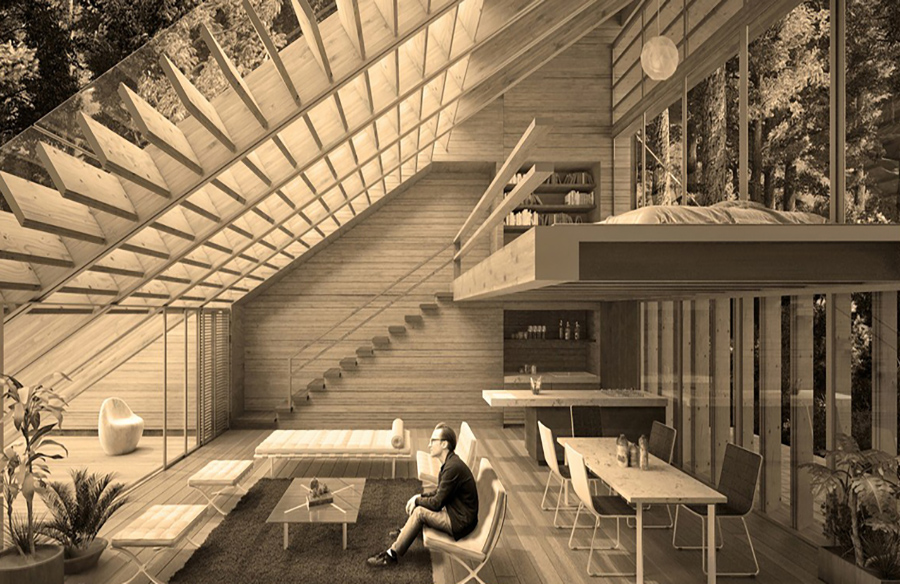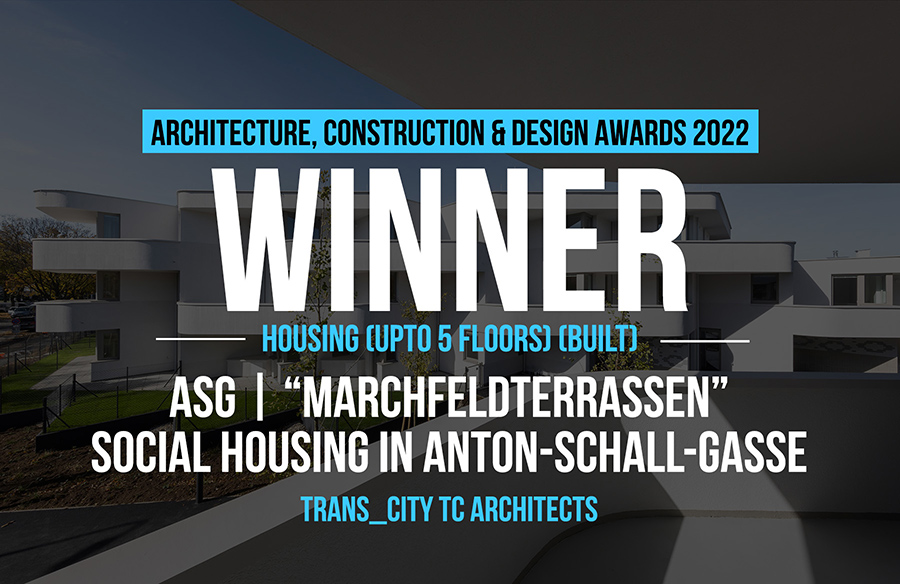For over 20 years, research have shown a growing demand for green open spaces and leisure areas in the Northern Region of Rio de Janeiro. In a densely occupied zone, in which 97% of the urban territory is consisted of built-up land and where the total of green areas corresponds to less than 1m² per local citizen, the new park has transformed this scenery and the local lifestyle. The Madureira Park – Rio + 20 was launched in June 2012 and has already become the third largest urban park in the city, with an area of 109.000m².
First Award | RTFA 2014 Awards
Category: Urban Design Built
| Project Details | |
| Participant Name: | Ruy Rezende |
| Country: | Brazil |
RRA designed the architecture, urban and landscape projects for the park. The park’s program development was one of the major challenges faced since it was based on the governments’ social and environmental education program combined with a participatory model embracing the local community. As a result, a new sustainable public equipment was created, regenerating the urban surrounding while also enhancing and strengthening of the local community’s identity. The rapid takeover of the public space by the population emphasizes the success of this approach.
Since its opening, the number of visits to the park during the weekends has reached 20-25.000 people. The park rapidly became a space for social encounter and public gathering for the community. It houses several open sport and leisure spaces which range from soccer and bocce ball courts, gym exercise areas for the elderly, an open public gym, ping pong tables and bike lanes with public bike stops. There are also cultural quarters. The Praça do Samba, or the Samba Square, stands out as one of the greatest open air stages in the city. There is also a center for environmental education, created with the aim of disseminating the sustainability concepts among the local citizens. The ‘Madureira beach’ is also an important attraction, not to mention the skate park, one of the largest and most diverse skate parks in Latin America.
The implemented irrigation systems function through meteorological sensors . Other sustainable features within the project include the design of green roofed buildings, wildlife rehabilitation – over 800 trees and 400 palm trees were planted – solar panels to supply for the park’s energy consummation, an efficient residue and waste management, water reuse system, permeable paving and the use of LED lamps for public lighting. These elements were crucial for the obtaining of the first environmental quality AQUA certificate attributed to a public open area in Brazil.


